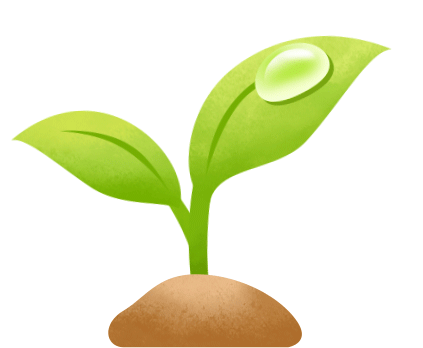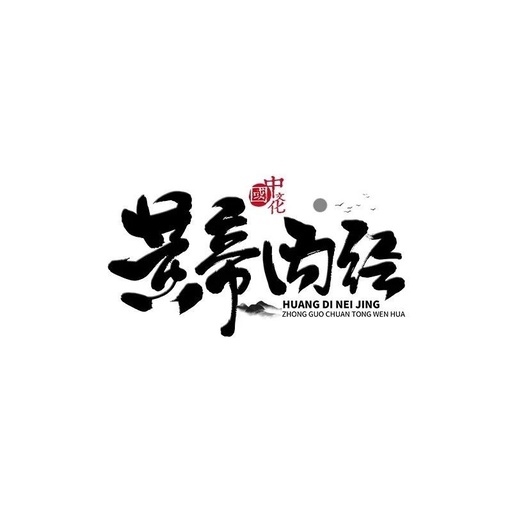
Huangdi asked: I have heard that wind is the beginning of a hundred diseases; how can it be treated with acupuncture?
Qibo replied: Wind enters from the outside, causing chills, sweating, headaches, a heavy body, and aversion to cold. The treatment is at the Fengfu (Wind Palace) point, to regulate yin and yang. If the righteous qi is insufficient, then tonify; if the evil qi is excessive, then drain. For severe wind causing neck pain, needle the Fengfu point, which is located above the first cervical vertebra. If there is heavy sweating due to wind, moxibustion should be applied to the Yanjing (Yanjing) point, located three inches on either side of the sixth vertebra from the spine, pressing until the patient feels pain and calls out ‘Yanjing’, which should respond to the pressure.
For patients who are averse to wind, needle the Meishan (Eyebrow Mountain) point. For those with a lost pillow, treat the area between the shoulder and the transverse bone. If the shoulder pain feels like it is broken, have the patient bend their arm, bringing the tips of the elbows together, and then apply moxibustion along a straight line from the top of the scapula to the center of the spine. For pain radiating from the lateral ribs to the lower abdomen, needle the Yanjing point. If there is low back pain that prevents turning or shaking, with pain radiating down to the testicles, needle the Bajiao (Eight Crevices) point, located in the space between the lumbar and sacral bones.
For cold and heat symptoms, needle the Hanfu (Cold Palace) point, located in the hole between the outer knee bone and the main bone. When needling the outer knee hole, have the patient bend forward as if in a bowing position; when needling the Yongquan (Gushing Spring) point on the sole of the foot, have the patient kneel.
The Ren (Conception) meridian originates below the Zhongji (Central Pole) point, ascending through the abdominal cavity to the Guanyuan (Gate of Origin) point, reaching the throat, and then ascending to the jaw, circulating through the face and entering the eyes. The Chong (Penetrating) meridian originates at the Qijie (Qi Street) point, alongside the foot Shaoyin (Lesser Yin) meridian, ascending to the chest and dispersing. When the Ren meridian is affected, men may experience seven hernias, while women may have leukorrhea and masses. When the Chong meridian is affected, it causes counterflow qi and abdominal pain.
When the Du (Governing) meridian is affected, it can lead to stiffness and bending of the spine. The Du meridian originates at the center of the transverse bone below the lower abdomen, entering the internal cavity in women. The cavity is the external end of the urethra.
The branches of the Luo (Connecting) vessels follow the perineum, connecting to the anus, then circling around the buttocks, merging with the connecting vessels of the foot Shaoyin and foot Taiyang (Greater Yang) meridians, ascending along the inner side of the thigh, penetrating the spine, belonging to the kidneys, and connecting with the foot Taiyang meridian, which begins at the inner canthus of the eye, ascending to the forehead, crossing at the vertex, entering the brain, and returning down the neck, following the spine to the lower back, and entering the lumbar region, connecting with the kidney vessels. In men, it follows the penis down to the perineum, similar to women. The path from the lower abdomen goes straight up, passing through the center of the navel, ascending to the heart, entering the throat, rising to the jaw, and circling around the lips, then ascending to connect below the central part of the two eyes.
When the Du meridian is affected, symptoms include qi counterflow from the lower abdomen to the heart, causing pain, and difficulty with urination and defecation, known as counterflow hernia; in women, it may lead to infertility, urinary difficulties, hemorrhoids, enuresis, and throat dryness. In summary, when the Du meridian is affected, treat the Du meridian; for mild cases, treat the points on the transverse bone, and for severe cases, treat the Yin Jiao (Yin Intersection) point below the navel.
If a patient has a sound in their breath due to qi counterflow, treat the Tian Tu (Heavenly Pivot) point, located in the center of the two clavicles. If the qi counterflows to the throat, treat the Daying (Great Welcome) point, located at the sides of the face near the jaw. For knee joints that can extend but not flex, treat the thigh meridian points. If the knee hurts while sitting, treat the Huan Tiao (Jumping Circle) point. If the pain feels like a release while standing, treat the knee joint points. If knee pain radiates to the big toe, treat the Weizhong (Middle of the Curve) point at the knee bend. If sitting causes knee pain as if something is hidden inside, treat the Chengfu (Support) point. If knee pain prevents flexion and extension, treat the back foot Taiyang meridian points.
If the pain radiates to the sacrum as if it is broken, treat the Sanli (Three Li) point in the Yangming (Bright Yang) meridian; alternatively, treat the Xingshu (Flowing Valley) point in the Taiyang meridian or the Xingshu point in the Shaoyin meridian. If dampness and water retention have caused chronic pain in the tibia, making it difficult to stand for long, treat the Guangming (Bright Light) point in the Shaoyang (Lesser Yang) meridian, located five inches above the outer ankle.
Above the auxiliary bone, below the transverse bone is called “Jian”. The area around the hip bone at the Huan Tiao point is called “Ji”. The knee joint is called “Hai Guan”.
The high bones on either side of the knee are called “Lian Hai”. Below Lian Hai is called “Fu Gu”. Above Fu Gu is the knee bend called “Kui”. Above Kui is “Hai Guan”. The transverse bone at the back of the head is called “Zhen Gu”.
There are fifty-seven points for treating water diseases: above the sacrum, there are five rows, each with five points; above the Futu, there are two rows, each with five points; on each side, there is another row, each with five points; above the inner ankle, there is a row, each with six points. The marrow points are divided into three areas at the back of the brain, all located below the sharp edge of the skull, one below the gum base, one below the center of the back of the neck, and one above the Fengfu point on the spine. The hollow below the spine is in the hole beneath the sacrum, and there are several marrow hollows on the face beside the nose, or there may be bone hollows below the lips, level with the shoulders. The two shoulder bones have hollows on the outer side. The bone hollow of the arm is on the outer side of the arm, four inches from the wrist, between the ulna and radius. The bone hollow above the femur is on the outer side of the femur, four inches above the knee. The bone hollow of the knee is at the top of the auxiliary bone. The bone hollow at the groin is below the artery in the pubic hair. The bone hollow at the sacrum is four inches behind the hip bone. The flat bone has blood vessels that permeate it, and there are no direct holes leading to the bone marrow; the bone marrow communicates through the permeated texture, so there are no bone hollows.
For treating cold and heat syndromes with acupuncture, first needle the Dazhui (Great Vertebra) point at the back of the neck, determining the number of moxibustion based on the patient’s age; secondly, moxibustion should be applied to the Coccyx point, also based on the patient’s age. Observe the back for any sunken areas to apply moxibustion, and for any sunken areas when raising the arms at the shoulders, apply moxibustion; between the two lateral ribs, apply moxibustion; at the outer ankle, apply moxibustion at the location of the Juegu (Absolute Bone) point; between the little toe and the next toe, apply moxibustion at the Xiaqing (Lower Stream) point; for the hollow areas of the meridians, apply moxibustion at the Chengshan (Support Mountain) point; at the back of the ankle, apply moxibustion at the Kunlun (Kunlun Mountains) point; above the Tian Tu point, where it feels hard like a muscle, apply moxibustion; at the intercostal hollow of the chest, apply moxibustion; below the wrist, apply moxibustion at the Daling (Great Mound) point; three inches below the navel, apply moxibustion at the Guanyuan point; at the edge of the pubic hair, apply moxibustion at the Qichong (Qi Surge) point; three inches below the knee, apply moxibustion at the Sanli point; at the foot Yangming meridian, apply moxibustion at the Chongyang (Surging Yang) point; at the top of the head, apply moxibustion at the Baihui (Hundred Meetings) point. For dog bites, first apply moxibustion at the bite site three times, then follow the usual treatment for injuries. In total, there are twenty-nine points for treating cold and heat syndromes with acupuncture.
If moxibustion is used due to food injury and the illness does not improve, it is necessary to carefully observe if the yang evil is excessive, and the meridians have shifted to the connecting vessels, needling the points while also using herbal medicine for treatment.


